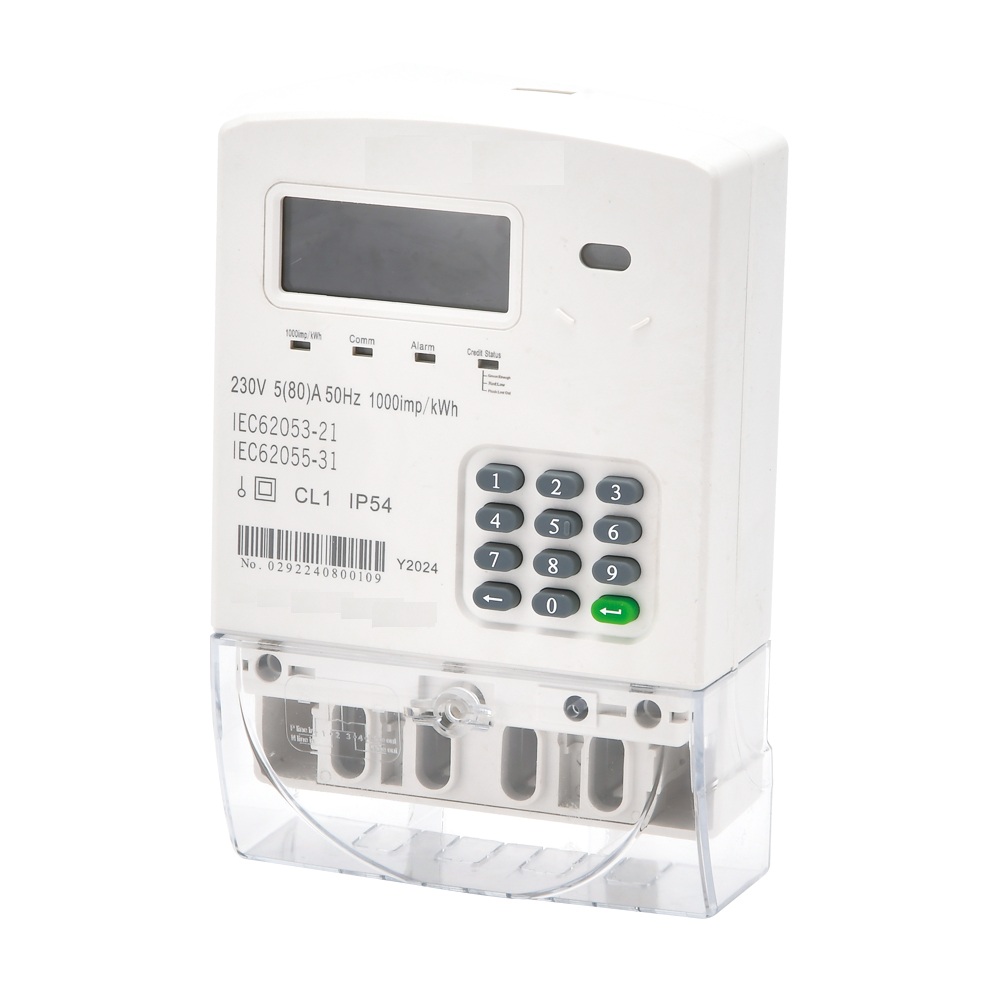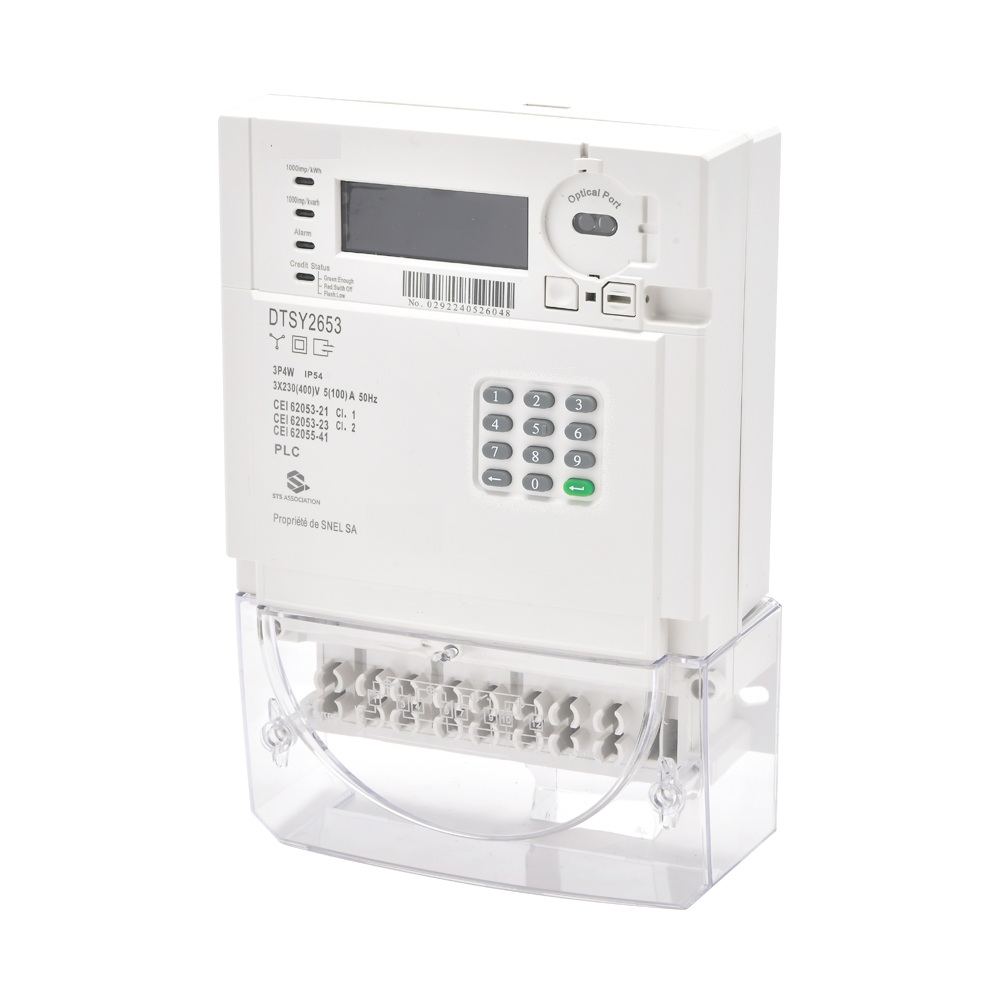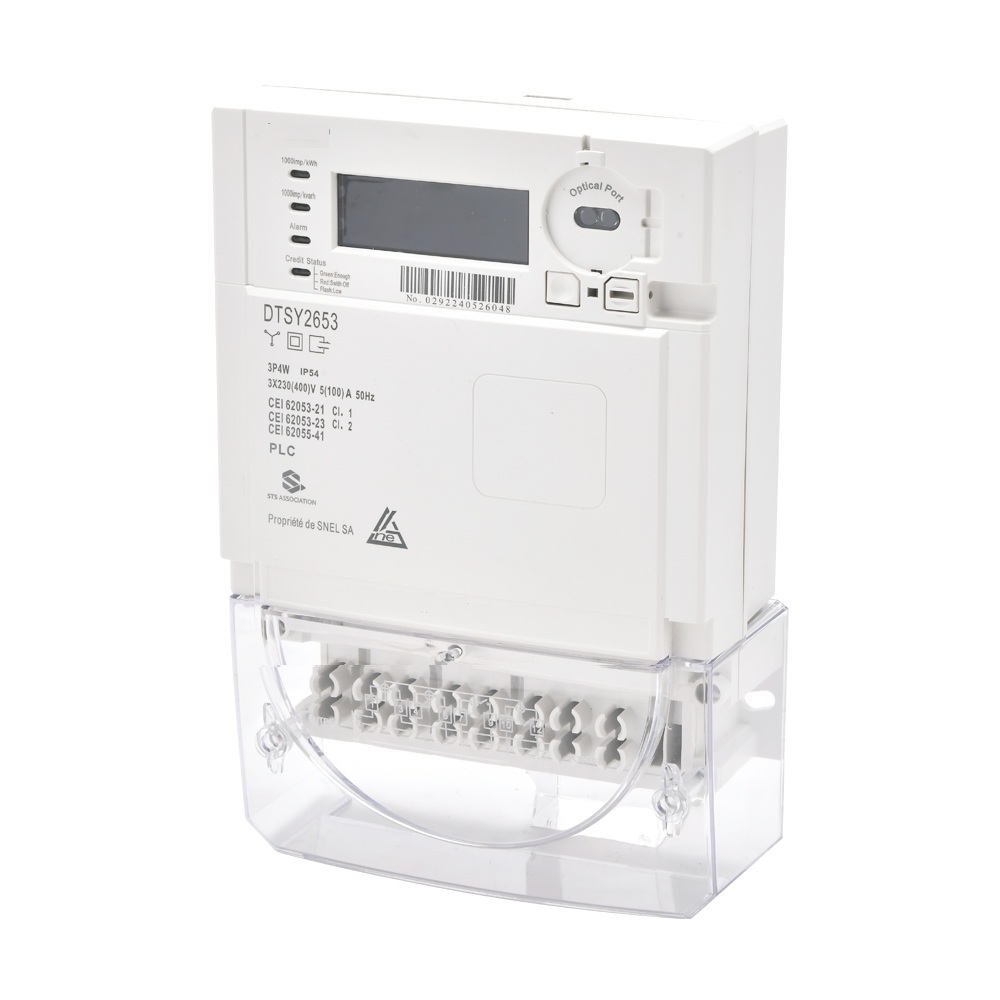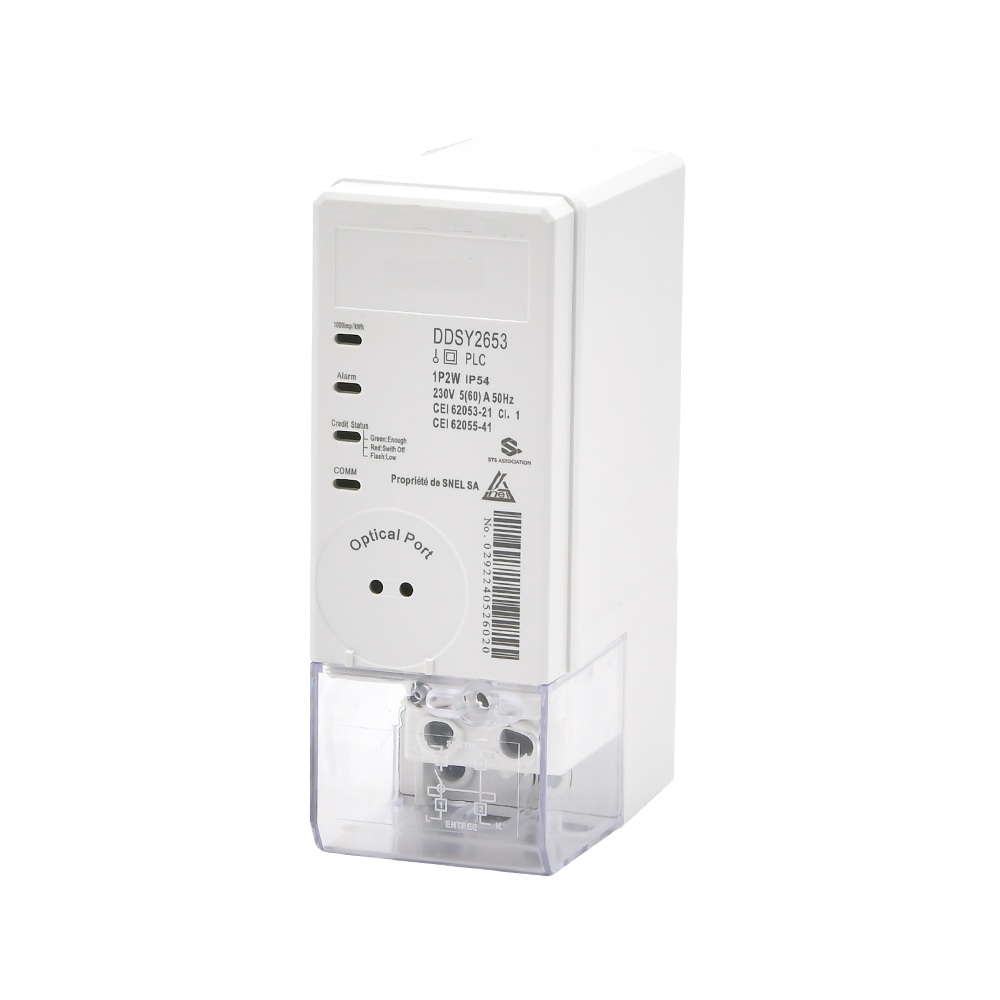Is the increase in electricity bills all due to "smart meters"? Electric meter manufacturers come to refute rumors for everyone
Publish Time: Author: Site Editor Visit: 156
1、 The technical characteristics of smart meters: precise measurement ≠ "inflated" electricity bills
Improved measurement accuracy, exposing hidden electricity consumption
Smart meters use electronic sensors to reduce the minimum starting current from 50mA of traditional meters to 10mA (in accordance with JJG 596-2012 calibration regulations), and can accurately capture the standby power consumption (usually 3-5W) of small and micro devices such as mobile phone chargers and routers. For example, a smart TV in standby mode may consume 0.5-1 kWh of electricity per month, which traditional meters may not be able to measure.
Wide range design, eliminating small load errors
Traditional electric meters cannot guarantee accuracy below 25% of rated current, while smart meters can still maintain high accuracy under low loads. For example, during the shutdown of the air conditioner, traditional meters may not be able to move, resulting in slow metering, while smart meters can accurately record standby power consumption.
Anti tampering and self checking function
The smart meter is equipped with an encryption module and abnormal electricity consumption detection function, which can identify electricity theft behavior (such as private wires) or line faults (such as leakage), avoiding abnormal electricity bills caused by external factors.
2、 The real reason for the increase in electricity bills: user side factors dominate
The surge in the number and power of electrical appliances
With the improvement of living standards, the number of household appliances has increased from single digits in the past to dozens, and high-power devices such as central air conditioning and high-speed thermal water heaters have become popular. For example, a 2-power air conditioner can generate up to 3500W of heating power and consume 3.5 kWh of electricity per hour, far exceeding traditional appliances.
Accumulated standby power consumption effect
After the sensitivity of smart meters is improved, the "hidden power consumption" of standby devices is exposed. According to statistics, devices such as televisions, routers, and chargers that are on standby in a household may consume 5-10 kWh of electricity per month, which traditional meters may not be able to measure.
Change in electricity usage habits
Long term use: Continuous operation of air conditioning in summer and prolonged use of electric heaters in winter can lead to a surge in electricity consumption.
The impact of tiered electricity pricing: In some regions, tiered electricity pricing is implemented, and the unit price increases when the electricity consumption exceeds a certain threshold. For example, when the annual electricity consumption in a certain place exceeds 4200 kWh, the electricity price increases from 0.6 yuan/kWh to 0.9 yuan/kWh.
Line aging and leakage
The aluminum wires in old houses may cause electrical leakage due to damaged insulation layers, increasing unnecessary power consumption. For example, a refrigerator with electrical leakage may consume 10-20 kWh more electricity per month.
3、 The power consumption of smart meters themselves: minimal impact
Standard regulations and actual testing
According to the Q/GDW 1355-2013 standard, the power consumption of single-phase smart meters is ≤ 1.5W. Actual testing shows that meters with communication modules generate an additional electricity fee of about 2.6 kWh per month, accounting for only 1% -2% of the total household electricity consumption.
Functional optimization plan
Users can reduce the power consumption of the electricity meter by turning off non essential communication frequency bands (such as 4G modules) and adjusting the load recognition threshold. For example, disabling real-time communication function can reduce the power consumption of the meter by 27%.
4、 Quality and Supervision of Electric Meters: Eliminating "Artificial Speed Adjustment"
Strict production and inspection process
Smart meters need to pass through three checkpoints of "first calibration, second inspection, and third spot check", and be calibrated according to national technical standards and calibration rules. Before leaving the factory, it is necessary to pass environmental tests such as high temperature, high humidity, and electromagnetic interference to ensure measurement accuracy.
User Rights Protection Mechanism
If users suspect that the electricity meter is measuring abnormally, they can apply to the power supply company for verification. After mandatory verification by the Technical Supervision Bureau, if the error of the electricity meter exceeds the national standard, the power supply company will refund the verification fee and make up for the electricity fee according to regulations.



